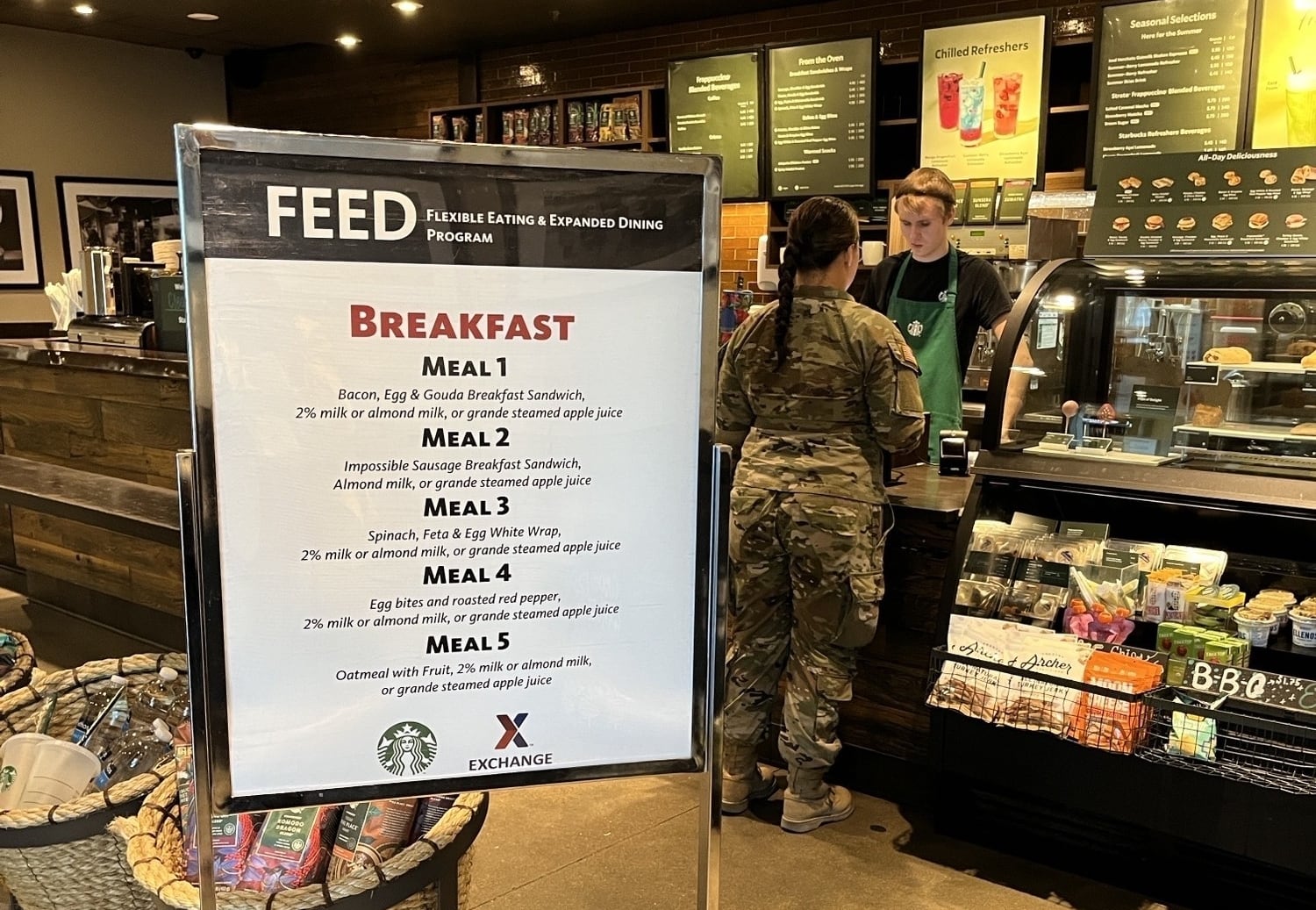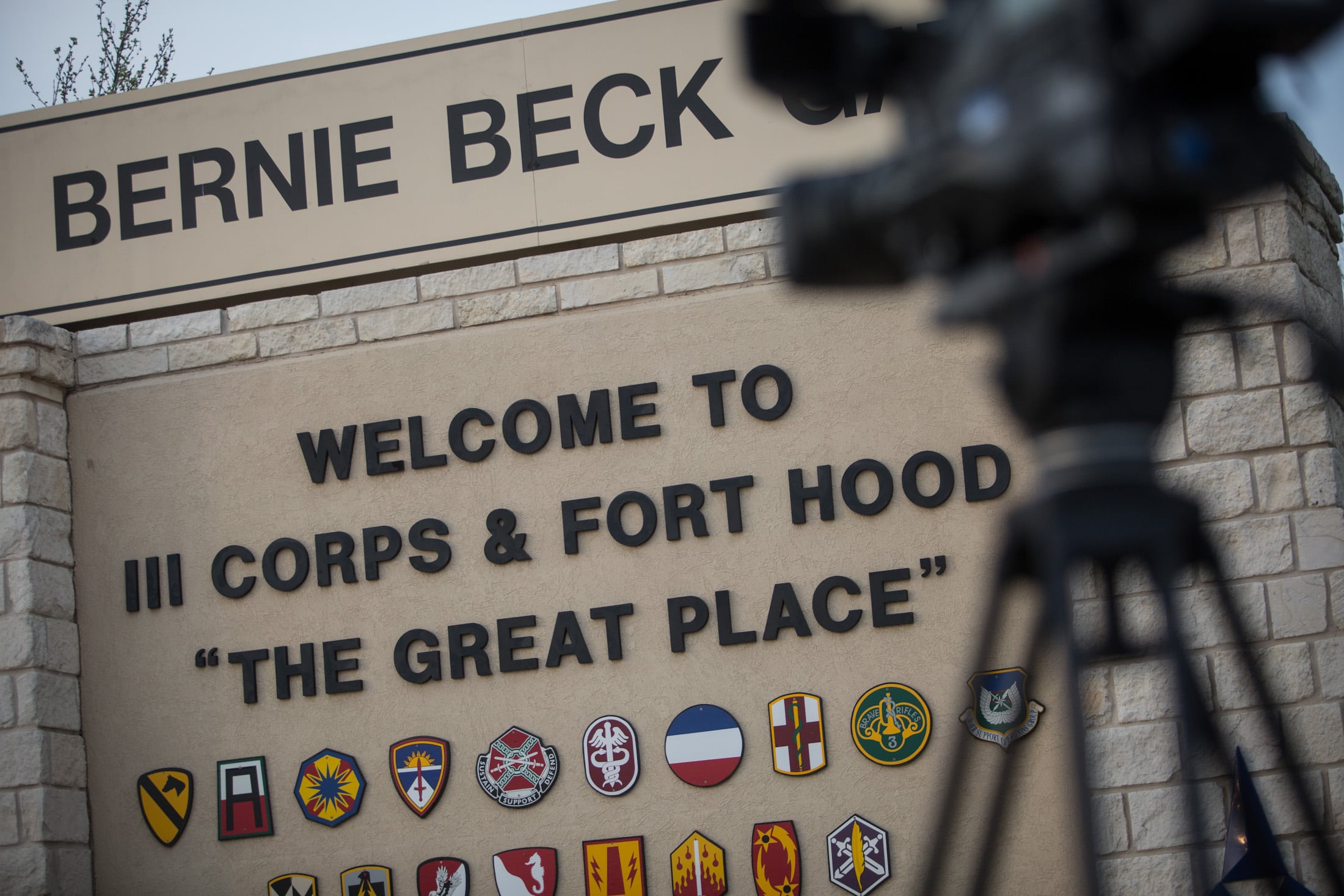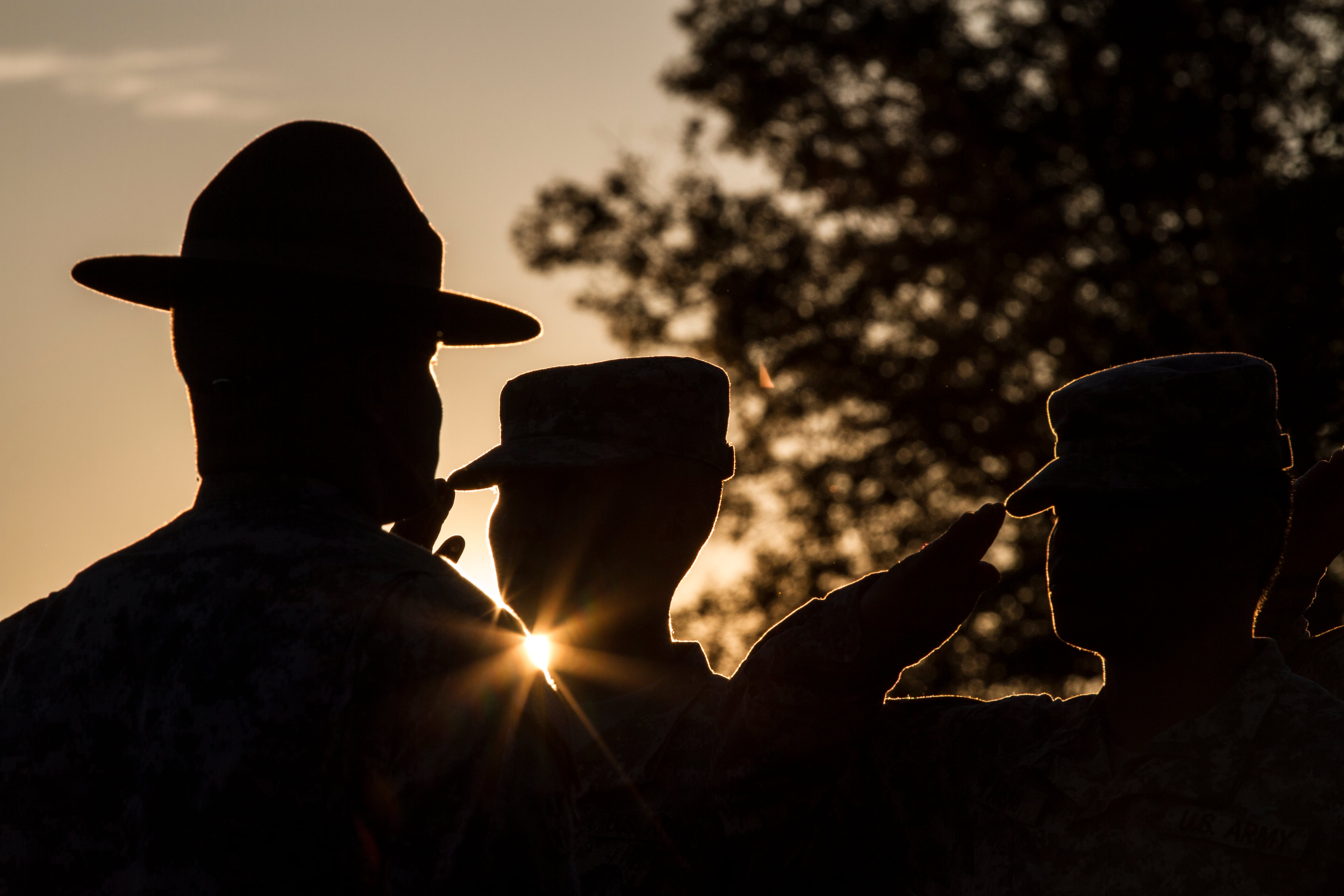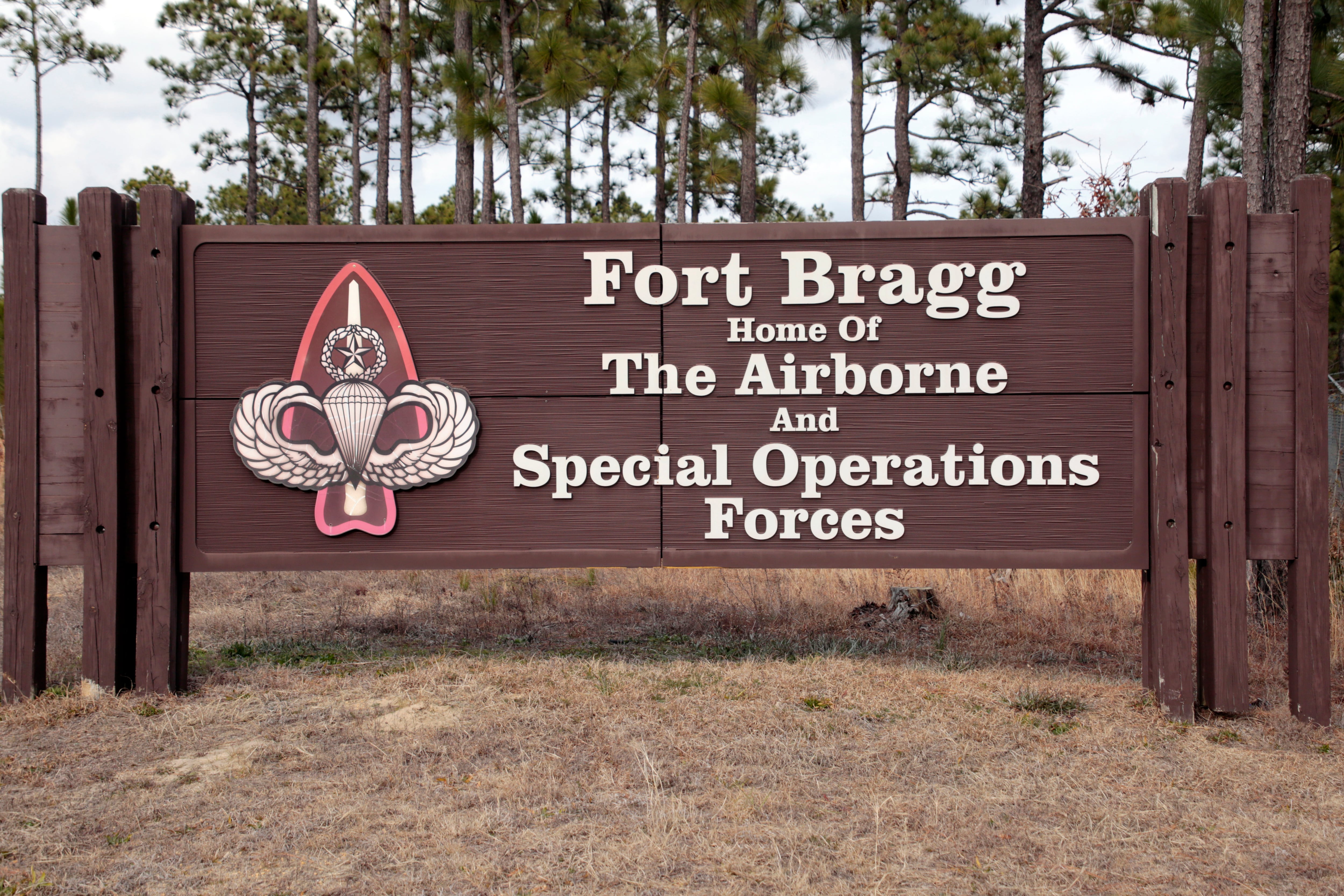The Army is looking for information on a remote weapons system and an unmanned turret for its 30mm cannon for a few of its ground vehicles.
The post on the federal business opportunities website, fbo.gov, is asking industry for information on a system that will need to operate both the 30mm cannon and a 7.62 machine gun aboard a “medium sized combat vehicle platform” such as the Stryker, M113 and the Armored Multi-Purpose Vehicle.
It must also have a thermal camera with 70 percent identification of targets the size of a NATO vehicle to a range of 4 km or more.
RELATED
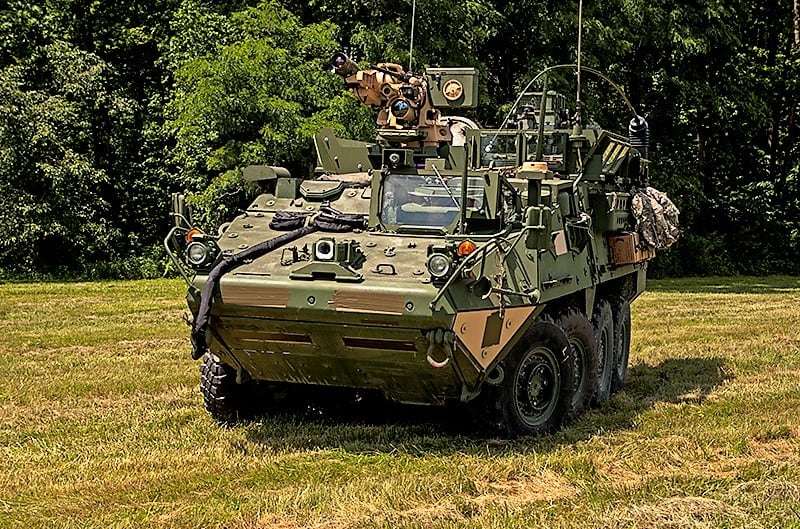
The M113 Armored Personnel Carrier is still in service after being fielded in the early 1960s. It is being replaced by the AMPV, which received funding for low rate initial production in February. The Army expects to begin fielding two brigades’ worth of AMPVs, or 258 vehicles, by 2020.
Over the past few years the Army has “up gunned” its Strykers for the 2nd Cavalry Regiment in Europe as a way to meet concerns of overmatch against Russia ground combat formations. To do that the Army added the 30mm cannon to the platform instead of the twin M2 .50 caliber machine guns.
That version is called a Stryker-Dragoon.
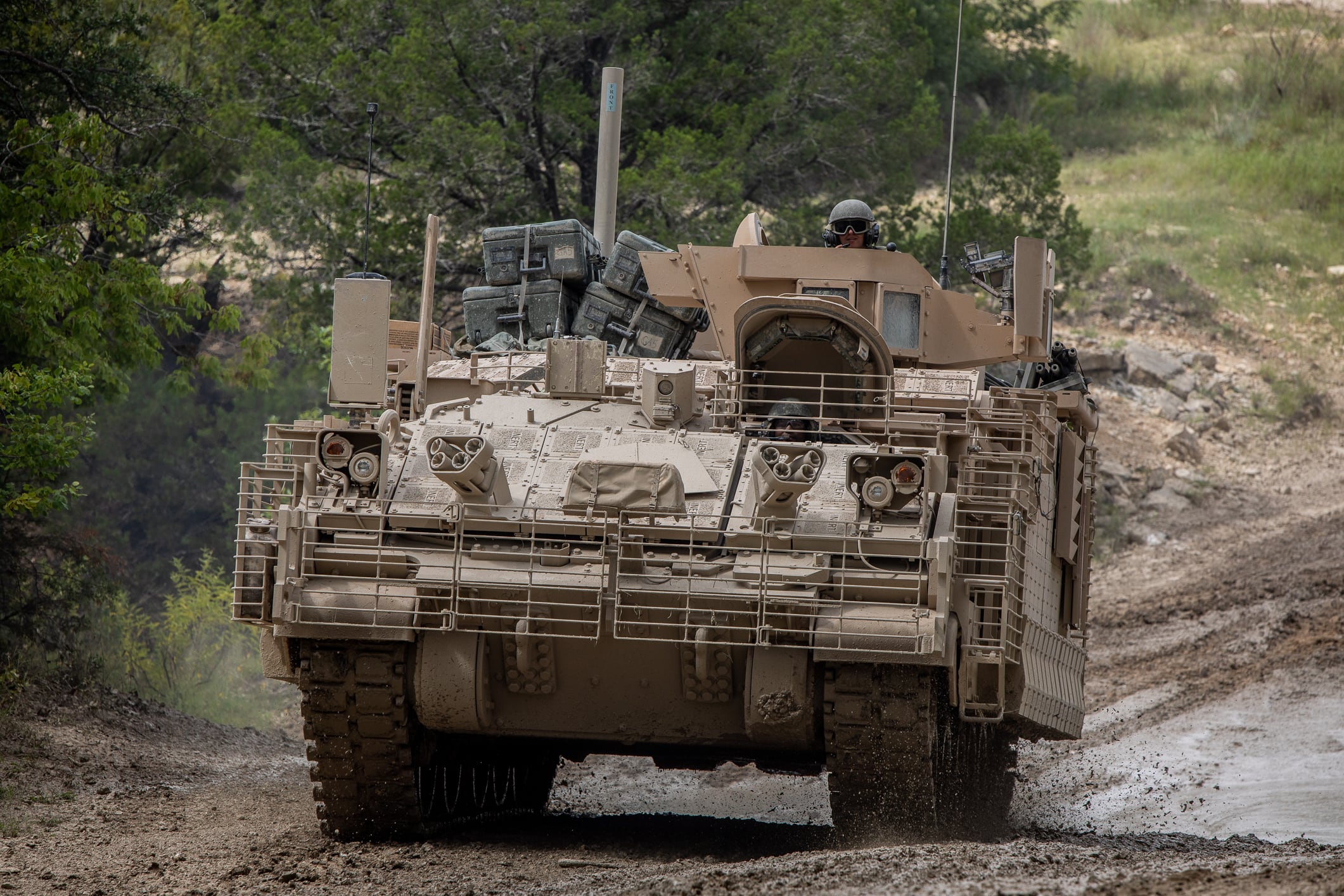
The advantage means greater range, out to 9,000 feet, for the 30mm cannon and a variety of other munitions options such as warheads that can achieve point detonation, point detonation delay and airburst effects with different fusing.
Once finished, the 81 Stryker-Dragoons will make up half the vehicles in the regiment’s rifle and scout platoons.
The existing turret uses a sensor suite that includes a thermal camera, day camera and laser rangefinder.
Another Stryker version uses the Common Remotely Operated Weapon Station to launch the Javelin anti-tank missile, which used to require a soldier dismount the Stryker to target other threats with a shoulder-fired missile.
During testing in Europe last year, crews noted that both the Stryker CROWS-J and the Stryker-Dragoons saw select capabilities degraded by adversaries when operating in a cyber contested environment, according to a report. But, officials noted that the vulnerabilities exploited by adversaries predated the upgrades of the CROWS-J and Dragoon variants.
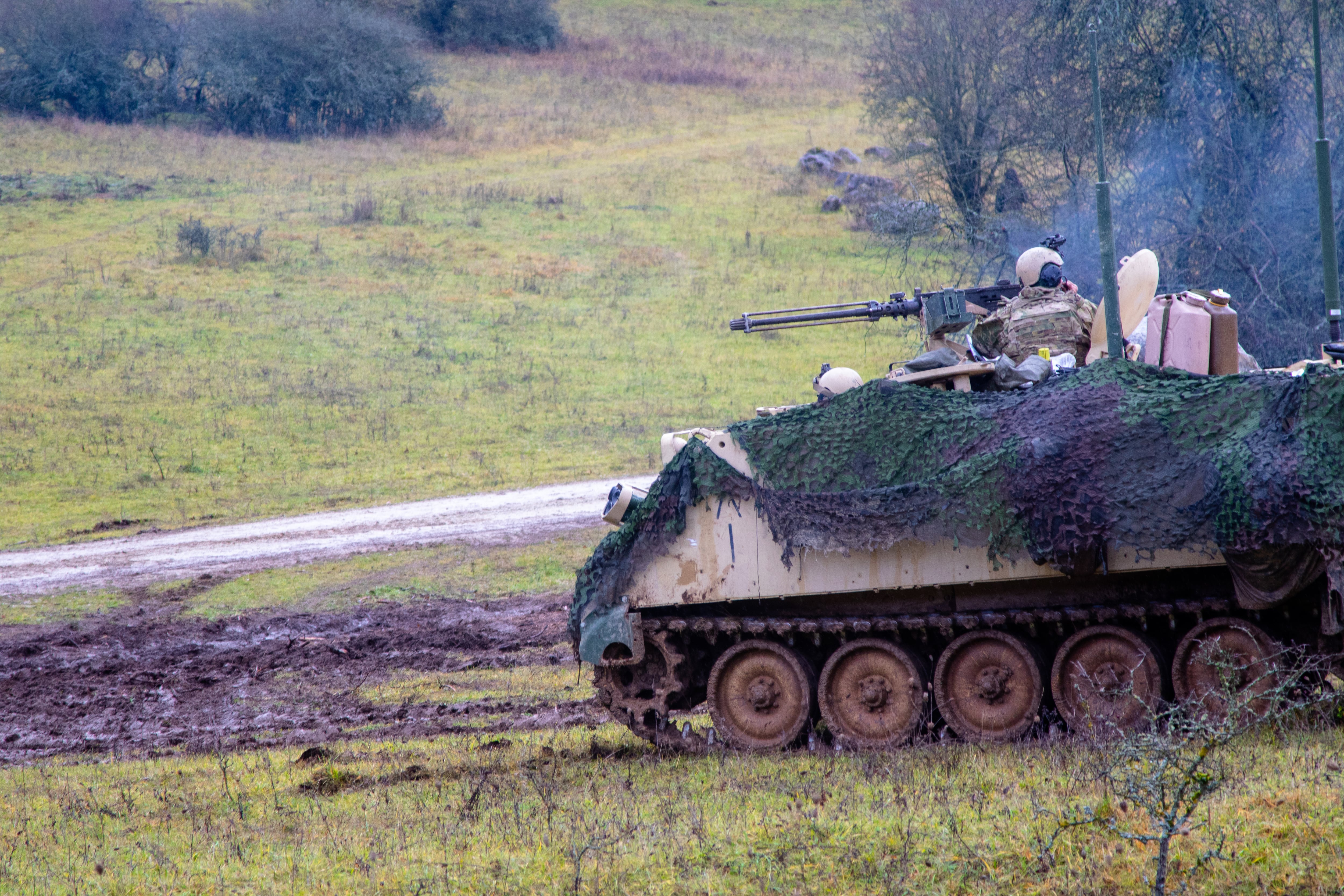
Todd South has written about crime, courts, government and the military for multiple publications since 2004 and was named a 2014 Pulitzer finalist for a co-written project on witness intimidation. Todd is a Marine veteran of the Iraq War.

